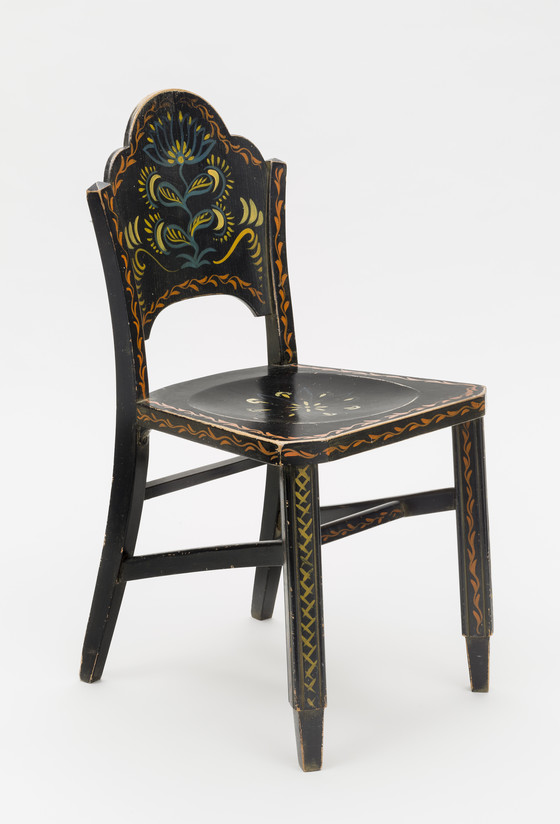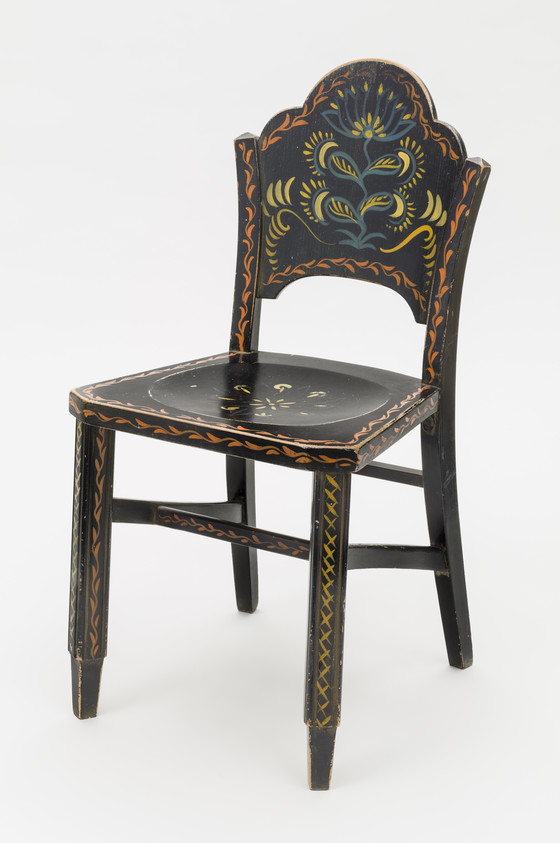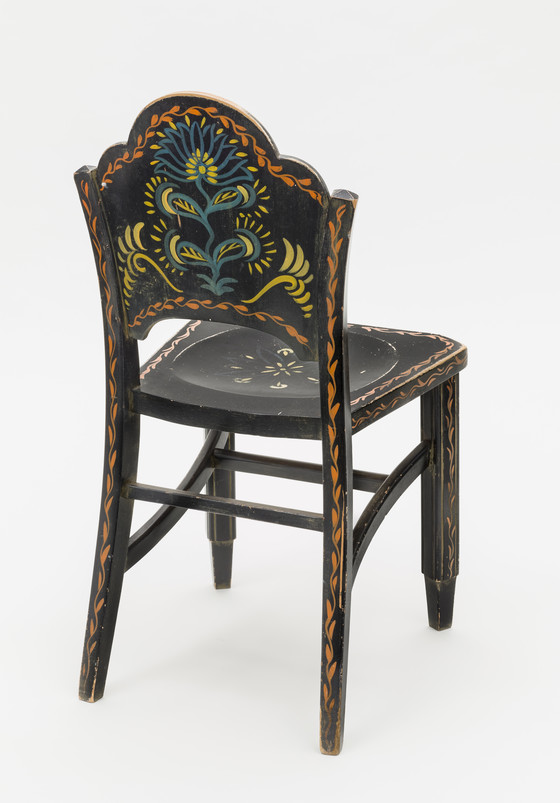Founded in 1876, the Fred Harvey Company helped shape a romantic vision of the American Southwest, partnering with the Atchison, Topeka, and Santa Fe Railway to operate hotels, restaurants, newssta
...
Founded in 1876, the Fred Harvey Company helped shape a romantic vision of the American Southwest, partnering with the Atchison, Topeka, and Santa Fe Railway to operate hotels, restaurants, newsstands and gift shops along the route between Chicago and Los Angeles. Mary Elizabeth Jane Colter, who served as the company’s lead architect and designer for over thirty years, gave Southwestern mythology a visual form, drawing on elements from Spanish Colonial and Native American cultures to develop a sense of place and history in her buildings and interiors. Colter trained at the California School of Design in San Francisco, where she studied with celebrated painter and designer Arthur Matthews and possibly Arts and Crafts movement architect Bernard Maybeck. She received her first commission from the Fred Harvey Company in 1902 and officially joined the staff in 1910. Among her many celebrated projects were the La Fonda hotel in New Mexico, the Hopi House and Desert View Watchtower at the Grand Canyon, and the lunch room at Los Angeles Union Station.
Opened in 1930, La Posada Hotel in Winslow, Arizona, was one of the Fred Harvey Company’s last resort hotels, as well as one of Colter’s most complete projects. She designed both the hotel and its furnishings around her invented history of a late-eighteenth century Spanish don. The asymmetrical floor plan evoked a hacienda built over many generations, and the mix of antiques from around the globe and specially designed furniture were selected to create the impression that its wealthy, well-traveled inhabitants had accumulated these possessions over time.
Staci Steinberger, Assistant Curator, Decorative Arts and Design
More...


